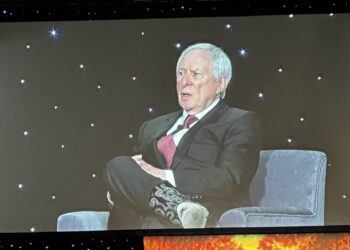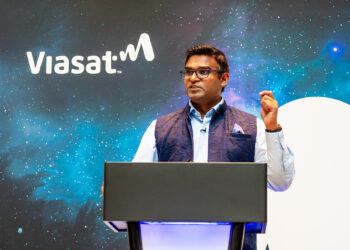Addressing the satellite and antenna connectivity gap
Although increasingly inward-looking regimes are complicating market access for global broadband constellations, governments are also spending more in a satellite sector they see as a source of economic development. The US$42m raised by broadband terminal maker Isotropic Systems includes equity and grant funding from the UK, which took joint ownership of LEO broadband operator OneWeb last year. […]










